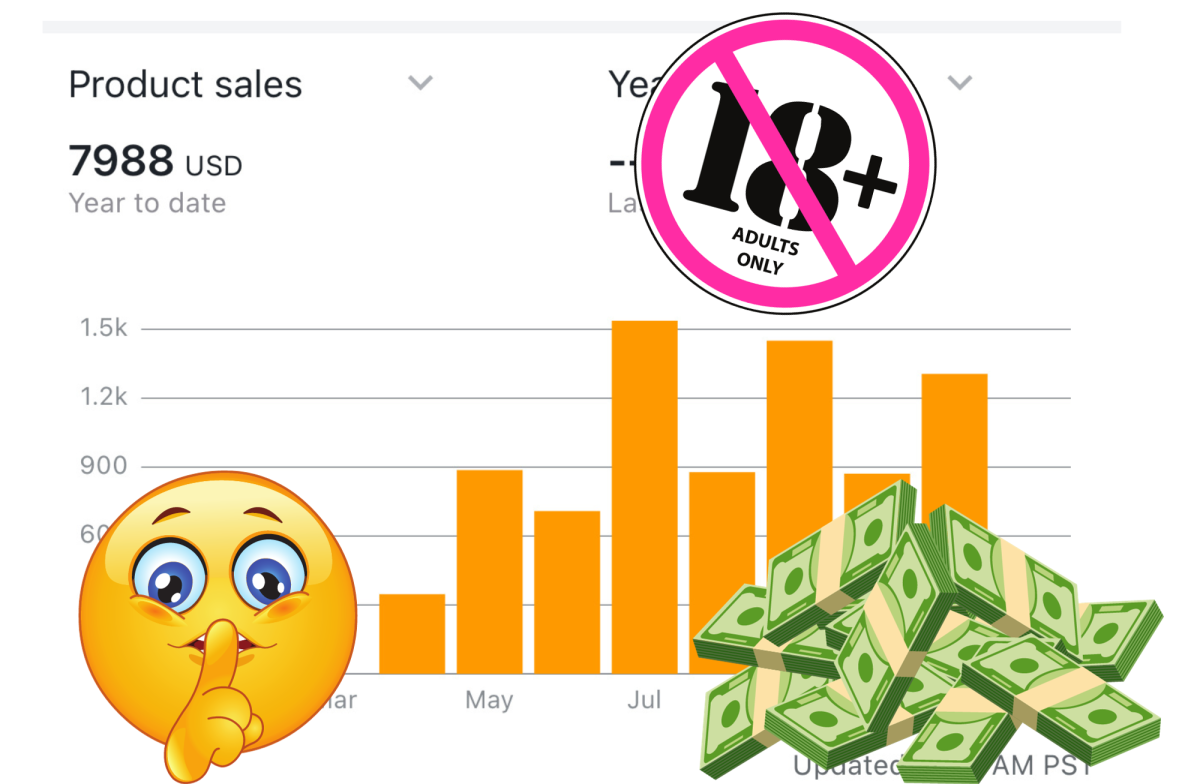KAIZEN CHANGE: Reasons for Resistance to Change in Kaizen

Kaizen: Resistance to the change
Resistance to change in an organization happens when employees do not support new initiatives. Kaizen is a Japanese term that means ‘Good (KAI) Change (ZEN)’. The changes brought about by Kaizen are supposed to be good for both the organization and the employees alike. But why is there so much resistance to change in kaizen?
Reasons for resistance to change in Kaizen
Just like individuals, organizations will go through many changes in the duration of their existence. Some of the changes are forced on organization by external circumstances while others are self-imposed changes that are deliberate attempts at improving their chances of success in the market.
As the organizations attempt to change, the employees will be the first to be affected either positively or negatively. In most cases, employees will tend to resist the changes that are prescribed to them. Why does this happen when implementing kaizen and yet it is supposed to bring about good change?
The following are the five most common reasons why employees resist kaizen change:
- Changes are often drastic
- Poor communication of impending changes
- Side-lining of staff
- Poor experiences with change in the past
- Wrong implementation team
- Elitist attitude of change agents
- Politics
- Sabotage by rival
- Perception that Kaizen is foreign
- Pride of trade
Drastic Changes
Kaizen implementation often results in drastic changes which become uncomfortable to the worker. For example, kaizen may result in the removal of conveyors which are then replaced with workstations that are manned by fewer people. Because conveyors tend to be inefficient when used in an assembly line for certain items, the usual remedy for this is to remove them and have workers organized in work-cells. The workers will feel discomfort with the new changes and will work slower just to make it look like the new system cannot work.
Poor Communication
If the kaizen initiative has not been properly communicated to staff, they will resist it because they do not understand what it is meant to achieve. There will be also different understanding and interpretation of the kaizen principles by staff and the confused state of implementation will appear as resistance. Staff will more likely accept a program that has been clearly explained to them.
Non-engagement
There are situations where the change agents who are driving the kaizen program implement changes without involving the people who are actually doing the work. Often times the suggestions come directly from the change agents who will try to impose them without involving the process owners. This leads to resistance from the workers because they do not own the program.
Past bad experiences with change
If an earlier change effort resulted in negative consequences such as massive lay-offs and pay-cuts, the workers will naturally have an aversion to change programs. This resistance to change is caused by the fear of losing one’s livelihood and stature within the organization. There will be passive resistance from the staff who will by now have developed a low tolerance to any change brought about by their past experience.
Perception of Kaizen as a foreign concept
Kaizen uses many Japanese terms such as muda, mura, muri, heijunka, poka-yoke, yokoten, nemawashi, jishuken, hoshin-kanri and genchi genbutsu. The use of these terms makes people to feel that it is a totally foreign concept. While some resistance to change might be intentional, sometimes it is as a result of poor understanding of these kaizen terms. There is normally a steep learning curve when it comes to kaizen concepts and principles. Proper training and patience is required for one to grasp these terms and concepts.
Wrong kaizen implementation team
If the organization chooses the wrong people to drive the kaizen change, there will be resistance to change because the team may be perceived as elitist and out of touch with the realities on the ground. The resistance be as a result of politics brought about by the way the team was formed. The perceived resistance may be a way of sabotaging the program by the staff as a political tool for making the agents not to succeed in their efforts. Some companies have reported an active effort by trade unionists to sabotage the kaizen initiative by using the passive resistance tactic.
How to reduce resistance to change in kaizen
Resistance to change cannot be allowed to derail the kaizen initiative and several steps can be taken to eliminate or reduce the resistance to a manageable level.
- Communicate the lean initiative clearly to all members of staff
- Train staff on the basics of kaizen
- Choose a team that is cross-functional, dedicated and from different cadres
- Remove staff who are deliberately sabotaging the effort--it will serve as an example to the rest
- Choose one problematic area and use it as benchmark to achieve buy-in from staff
- Stagger the improvement in manageable phases to reduce the shock
Resistance to organizational change mostly happens due to poor implementation of company programs. Since new habits must replace old ones, companies must communicate their programs in an effective and succinct manner and allow the changes to occur naturally. Change that happens without proper engagement with the workforce is bound to face resistance.





